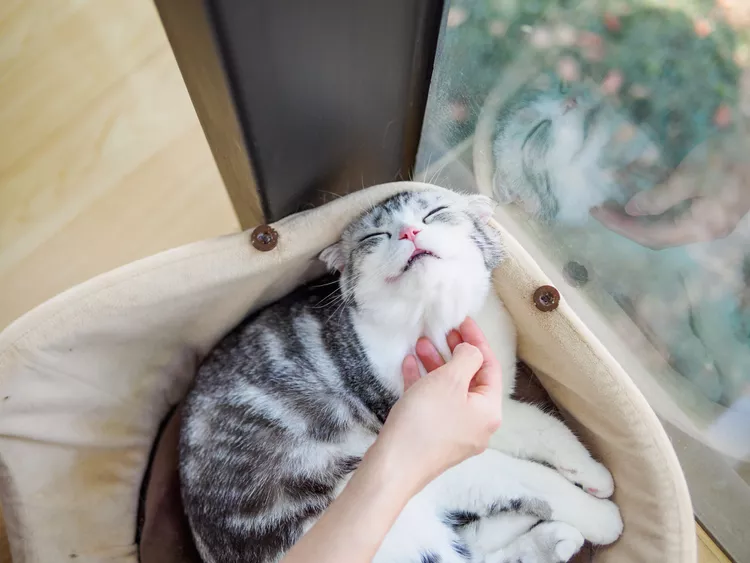
Feline chin acne is a fairly common skin condition in cats causing blackheads and blocked hair follicles, and it can be a one-time occurrence, occasional flare, or chronic issue. There appears to be no rhyme or reason regarding the age, breed, or sex of cats affected by chin acne, but it may be related to poor grooming habits along with stress, viral infection, immunosuppression, or feline allergies. Some sources also suggest that it is more common in cats between two and four years old because of hormones. While this condition is mostly unsightly to look at, it can progress to painful, draining pustules that are itchy and irritating to the cat when left untreated. Luckily, it's usually simple to treat with help from your veterinarian.
Chin acne in cats is a condition that occurs when the hair follicles around a cat’s oil-producing sebaceous glands become clogged. Besides knowing that the follicles become blocked, little is understood about this condition. Research has shown that chin acne develops because of follicular keratinization, but little is known about what causes the excess production of keratin. If the extra keratin—a protein found in the outer layer of skin—is trapped in the hair follicles, comedones (or blackheads) form. Pustules (pimples) may form if bacteria infect the comedones, appearing similar to acne in people.
Your cat may appear to be irritated and scratch at its chin more regularly than usual. Along with noticing the presence of acne, owners may see the following symptoms:
The most common sign of feline chin acne is the appearance of a dirty chin, especially noted in light-colored or white cats. The small black specks are comedones, and careful examination will reveal the blackheads and inflamed hair follicles. Although most commonly appearing on the chin, acne can also pop up on the upper and lower lips. If the blackheads become infected, swollen, inflamed bumps can appear, which may rupture and drain. Cats with chronic cases of acne may have hard, crusty lesions that are painful to the touch.
Although this feline disease is poorly understood, several potential factors may contribute to unsightly blackheads, including:
A distinct correlation has appeared between feline chin acne and the use of plastic food and water dishes. It was originally thought that a contact allergy to the plastic material caused acne, but now it is believed that an excessive amount of bacteria resides on plastic dishes, leading to acne development. Plastic is much more difficult to clean by hand than glass, ceramic, or stainless steel, as tiny abrasions on the surface can easily trap bacteria. Avoid this potential issue by switching your cat’s dishes to an impermeable material and washing frequently if the cat is prone to developing acne on its chin.
Allergies appear to be another common culprit for chin acne development. Pets’ allergies tend to manifest in their skin. If your cat is allergic to an ingredient in its diet or a substance in its environment, you may notice chin acne, in addition to inflamed skin, itching, licking, chewing, ear infections, and hair loss.
If your cat has developed blackheads or sores on its chin, a veterinary visit is necessary for treatment to prevent further progression. At your cat’s appointment, your veterinarian will likely rule out a variety of potential issues, such as mange mites, fleas, fungal infections, allergies, and bacterial infections. Besides a thorough physical exam, your veterinarian may perform a skin scraping to check for mites, skin cytology to search for bacteria or yeast, or a dermatophyte culture to rule out ringworm.
If the sores appear suspicious and do not have a typical chin-acne appearance, your veterinarian will likely recommend a biopsy to check for cancer, immune-mediated diseases, or neoplastic causes.
Most feline chin acne treatments revolve around improved hygiene to manage the condition, rather than curing it. Besides swapping out plastic dishes for a non-porous material and washing them daily, there are other home remedies you can try to help clear up your cat’s chin acne, such as:
If your cat’s acne has progressed to the point of veterinary intervention, your pet may receive a variety of medications to battle bacteria-filled blackheads, including:
While chin acne can't always be completely removed, this condition is not typically harmful to the cat unless an infection occurs. Your veterinarian will help you manage the cat's condition by starting a variety of treatments to minimize the symptoms. Topical medications, systemic medications, and improved hygiene all have favorable results in most cases. However, some cats might not respond to treatment as well as others. In these cases, more aggressive treatment will be required.
There are several ways that pet owners can help prevent their cats from developing chin acne. Speak with your veterinarian before beginning any at-home care regimens, as some human products are toxic to cats. This condition isn't always entirely avoidable, especially when caused by other diseases, but the following methods may reduce your cat's risk.
One of the best ways to prevent feline chin acne is to switch from plastic bowls to ceramic, glass, or stainless steel. Clean the bowls daily after your cat eats and drinks from them to remove harmful bacteria from building up. It's especially important to keep your cat's area clean and sanitary when it's dealing with infections.
Take steps to minimize your cat’s stress, which can lead to the development of chin acne or worsening symptoms. Provide your cat with calm, quiet places to relax and avoid triggers that lead to the cat's anxiety.
Although feline chin acne is a puzzling condition that can be difficult to eradicate, good hygiene habits and prompt intervention can help clear up your kitty’s blackheads. Monitor your cat to determine if it's grooming itself regularly. This will help promote healthy skin and fur, which will decrease the chances of clogged hair follicles.
If your cat's acne isn't clearing up from a few lifestyle changes, talk to your veterinarian about checking the cat for allergies. Some food allergies may lead to chin acne becoming worse, so changing diets or removing household irritants can be helpful.

Exploring the Different Types of Pet-Friendly Beaches
Are you looking for pet-friendly beaches? Learn about the different types of pet-friendly beaches, their locations, and tips for visiting them with your pet.
Exploring Pet-Friendly Wineries: Types, Locations, and More
Discover the different types of pet-friendly wineries, where to find them, and what to expect when you visit. Learn more with The Spruce Pets.
Why Is My Dog’s Eye Swollen?
If your dog's eye is swollen, she may need veterinary attention. The inflammation could be caused by allergies, an injury, or even a tumor.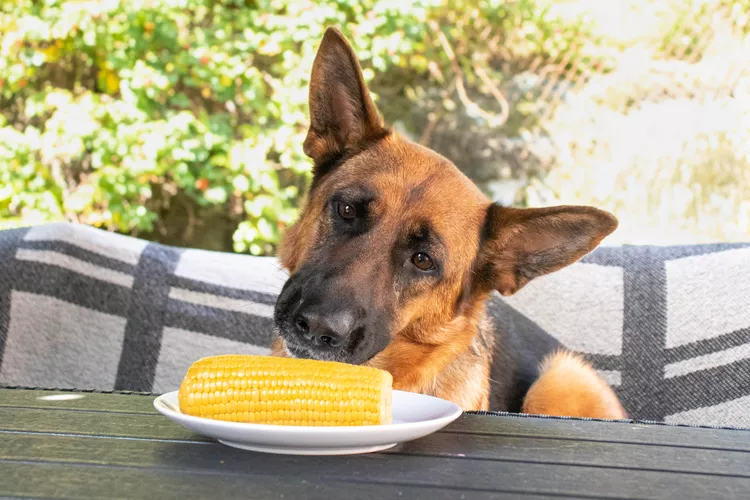
Can Dogs Eat Corn on the Cob?
Dogs love chewing on corn cobs, but this can cause serious harm. Learn about the dangers of corn cobs and find out what to do if your dog eats one.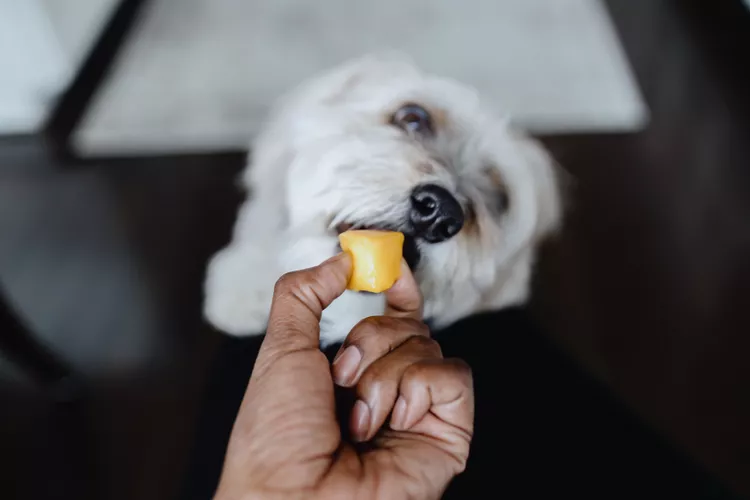
Can Dogs Eat Papaya? What to Know About Sharing This Tropical Fruit With Your Pup
Papaya is safe for dogs in moderation, and it can even provide some nutritional value for them. However, too much can cause digestive upset, and it's not suitable to share with dogs with certain health conditions.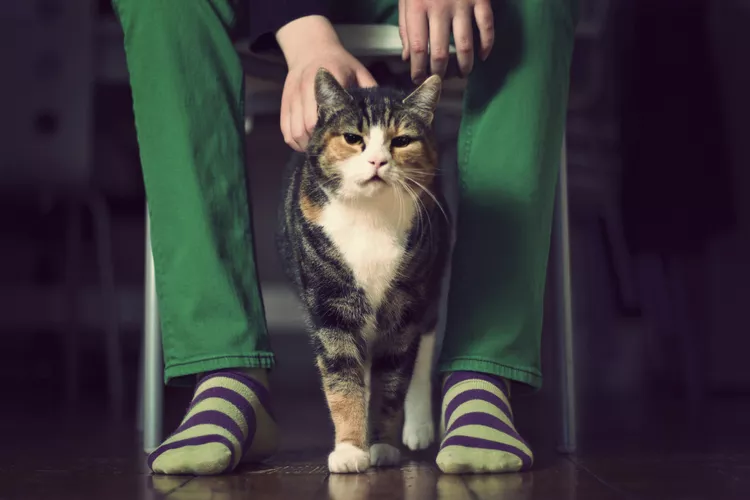
65 Irish Cat Names
Irish cat names can pay homage to historical places, local cuisine, famous Irish actors and musicians, or other wonderful aspects of the Emerald Isle.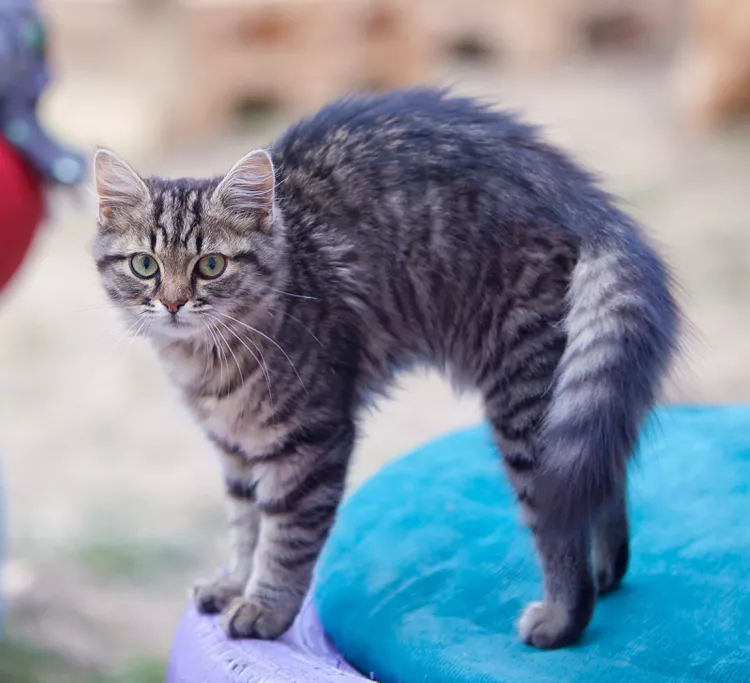
Feline Hyperesthesia Syndrome (FHS) in Cats
Rippling skin is more than dermal sensitivity in cats. It can be a sign of Feline Hyperesthesia Syndrome. Learn the causes, treatment, and prevention.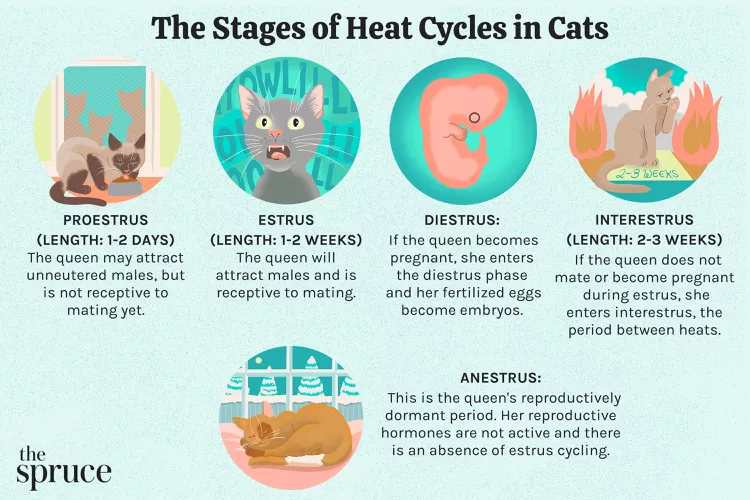
How Long Are Cats in Heat?
How long are cats in heat? Learn about the heat cycles of cats, also called estrus, as well as the reasons you should spay your cat.
Can Dogs Eat Raw Chicken Feet?
What are the potential health benefits of chicken feet for dogs? What are the risks?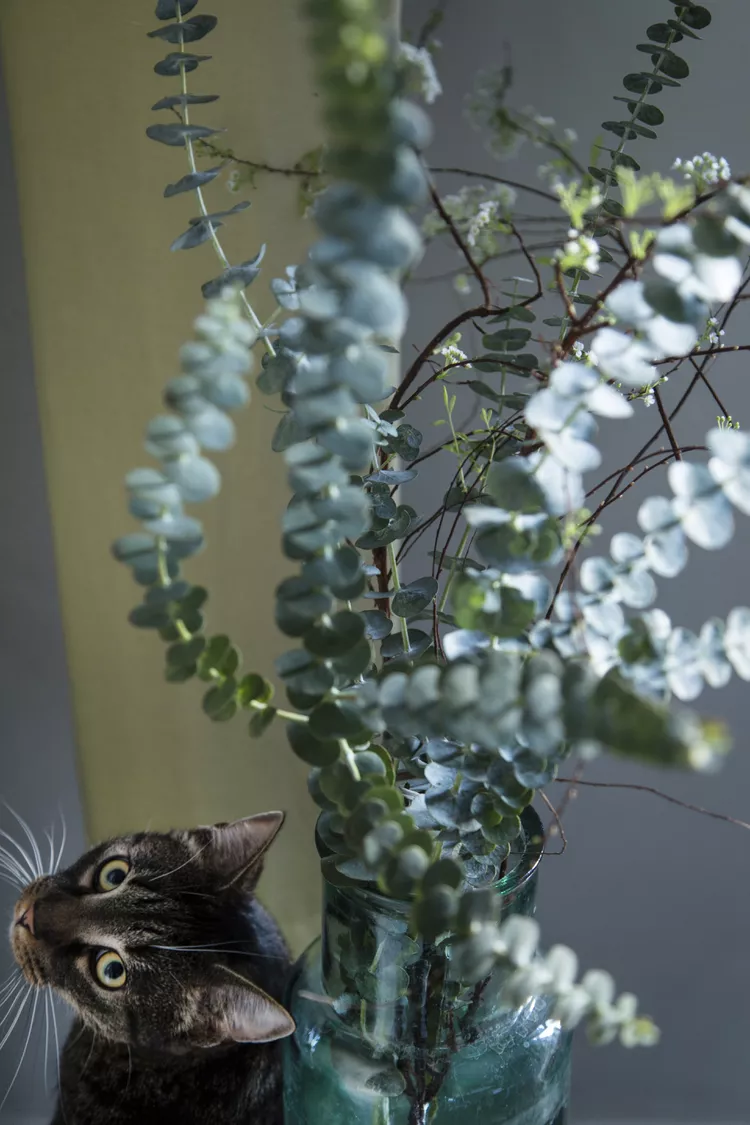
Is Eucalyptus Safe for Cats?
Many products containing eucalyptus are not safe for cats, and it is important to be aware of the risks to your cat.
What You Need to Know About Homemade Cat Food
If you want to cook for your cat, make sure to read about the risks associated with homemade diets for cats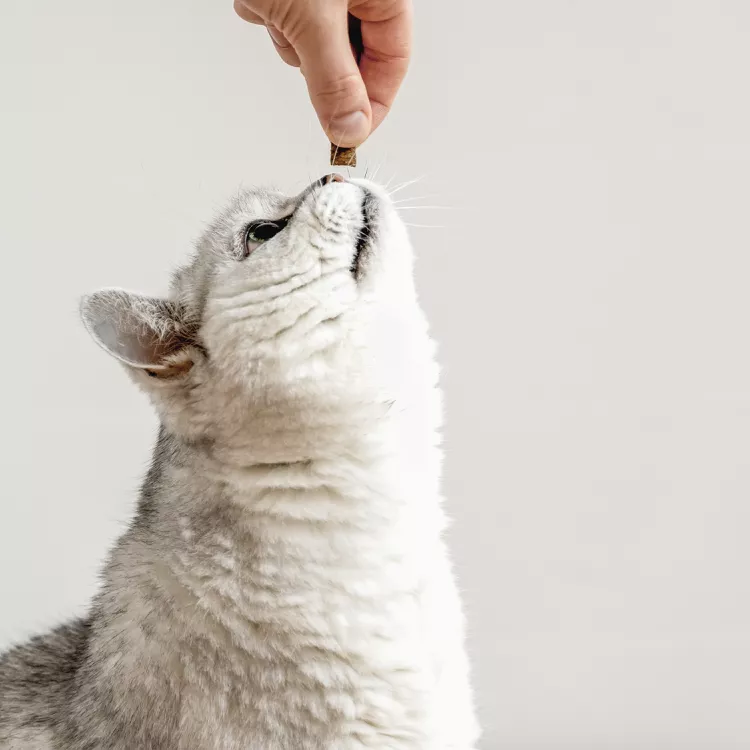
Can Cats Eat Peanut Butter?
Peanut butter is not toxic to cats, but it might not be the best choice of treat for them.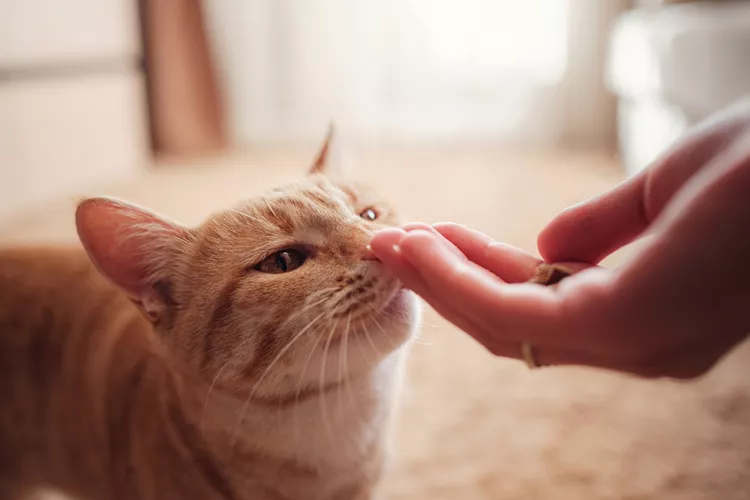
Can Cats Eat Cheese?
Can cats eat cheese? Is it healthy for them? How much can they eat and what should you do if you fear your cat has eaten too much cheese?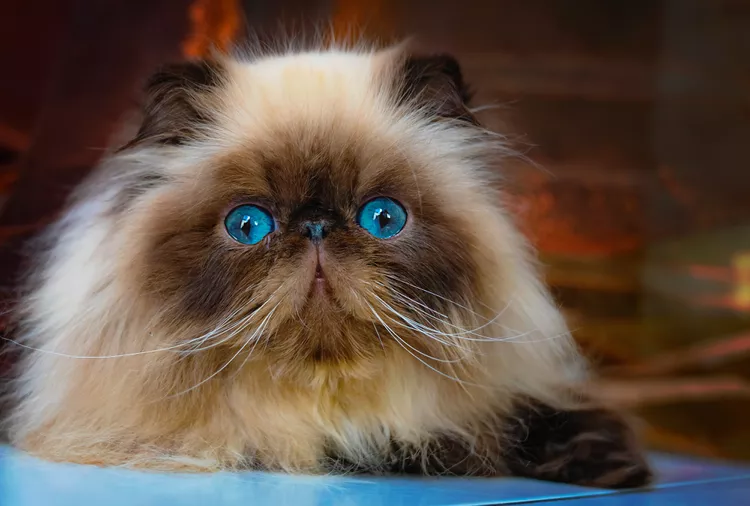
8 Flat-Faced Cats with the Cutest Smooshed Faces
These flat-faced cat breeds have a distinct and adorable appearance. Learn about their origins and traits, and the potential health risks tied to their unique facial structures.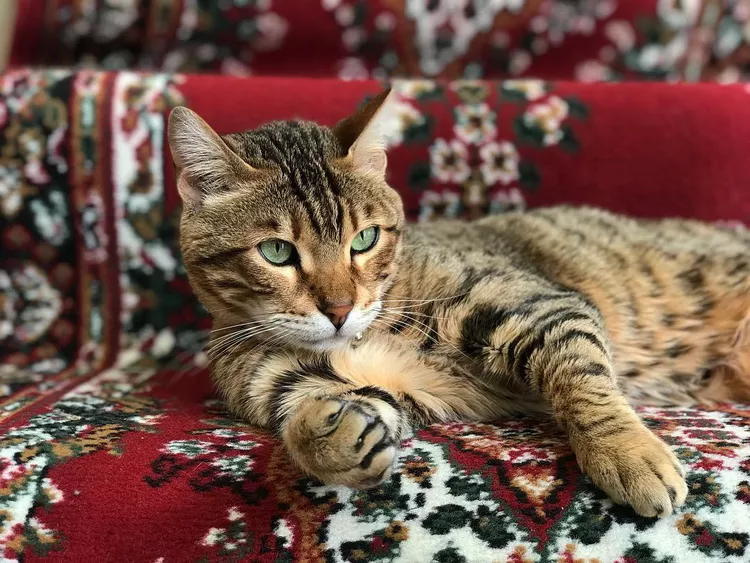
Pictures and Facts About Bengal Cats and Kittens
Bengal cats are a cross between wild cats and domestic cats. Learn more about what they look like and pictures of this beautiful spotted breed.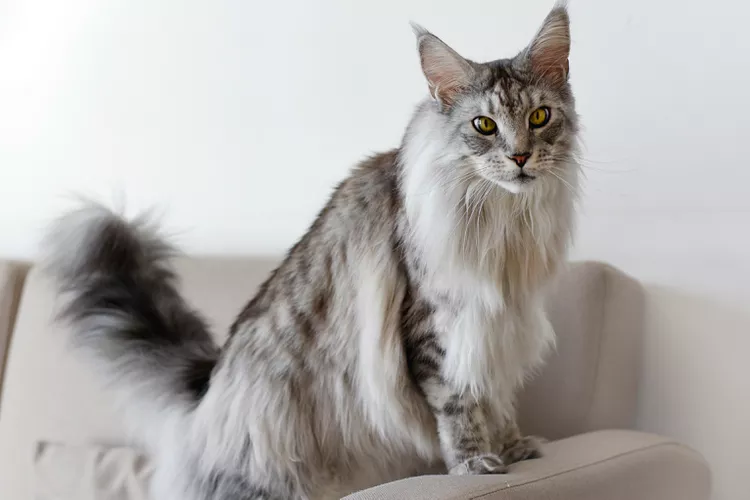
Top 10 Big House Cats
Larger cat breeds, like Maine coons and savannahs, deserve just as much love as their petite counterparts. These big house cats tip the scales.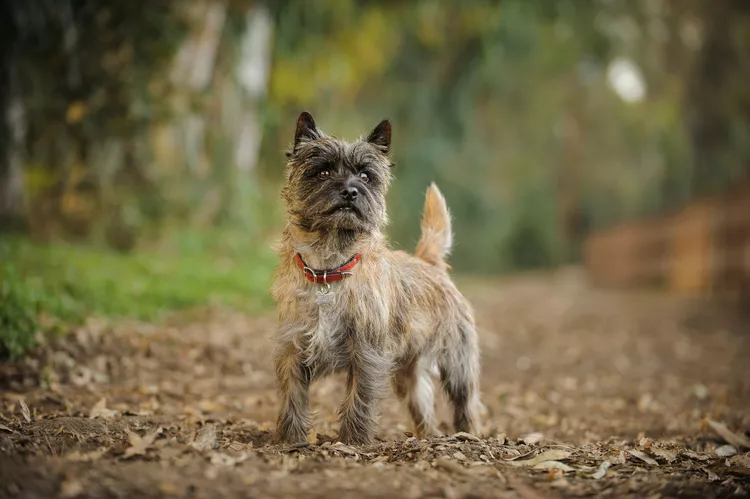
Cairn Terrier: Dog Breed Characteristics & Care
The cairn terrier is a spunky, affectionate, and intelligent dog from Scotland. The breed became famous when one played Toto in The Wizard of Oz. Learn about the temperament, history, health, and care needs of the cairn terrier dog breed.
Reasons Why Dogs Grind Their Teeth
Some dogs grind their teeth. Learn why dogs grind their teeth and if it can be harmful. Find out what to do about teeth grinding in dogs.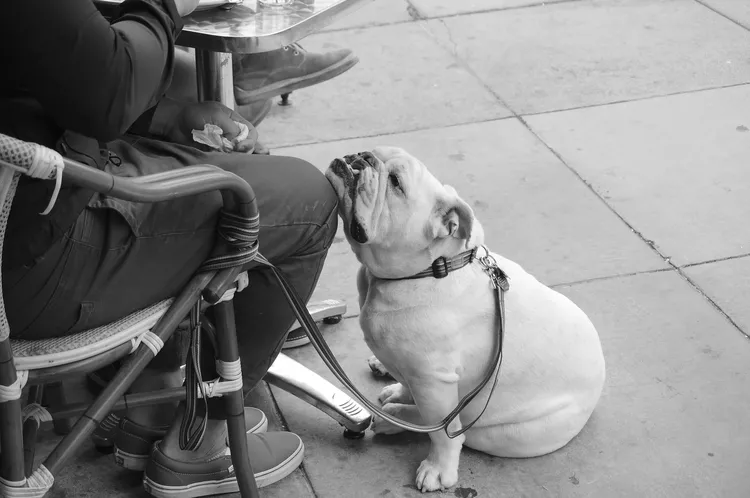
This Is Why Some Dogs Lean on People
Certain dogs really love leaning on their humans. What does this mean? Find out why dogs lean on people and if this is ever a problem.
Can Dogs Get Depression? How to Help Your Sad Dog
Can dogs get depression? Learn about the signs of depression in dogs and find out how to help your sad dog.